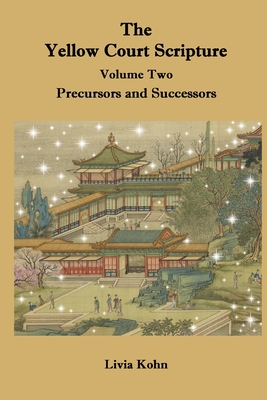The Huangting jing (Yellow Court Scripture), a central classic of Daoist meditation translated earlier in this series, did not grow or remain in a cultural vacuum. This book seeks to elucidate its greater context, presenting discussions and translations of four major and six minor works that can be described as precursors or successors of the text dating from the Eastern Han to the late Tang dynasties. Taken together, these texts illustrate the vibrant cultural role of the Huangting jing in the middle period, showing its growth as part of early Daoist meditation circles and demonstrating its later development into more medical and exorcistic contexts. The book with its original translations makes a major contribution to the study of Daoist cultivation and Chinese intellectual history. The Huangting jing 黃庭經 (Yellow Court Scripture) is a text in multiple formats, most importantly an outer and an inner version, the Waijing and the Neijing, both written in seven-character verses and revealed by central cosmic deities. As outlined in my earlier book on the subject (Kohn 2023), recent research tends to favor the understanding that the Waijing is older, linked with the Celestial Masters and dated to the late Eastern Han dynasty. The Neijing, on the other hand, goes back to the late 3rd century and is linked with Wei Huacun 魏華存 (251-334), the libationer of the Celestial Masters who turned revealing deity of Highest Clarity. Through her, the text made its way into the Highest Clarity school although, as Isabelle Robinet points out, it never attained full canonical status on par with the high celestial scriptures (1993, 58). Knowing this and realizing that the work with its unique presentation of organ palaces, body gods, and internal cultivation methods did not grow or remain in a vacuum, the question arises what cultural background it arose from and what impact it had upon Chinese culture later, specifically in the medieval period, that is, the question of precursors and successors. This book hopes to answer this question, presenting discussions and translations of four major and six minor works that relate in various ways to the Huangting jing. Key precursors, then, equally dating from the late Eastern Han, are the Lingbao wufuxu 靈寶五符序 (Explanation of the Five Talismans of Numinous Treasure, DZ 388, SV 232-33), notably passagesthat describe deities, heavens, and cultivation practices associated with the five phases; and the Laozi zhongjing 老子中經 (Central Scriptur











